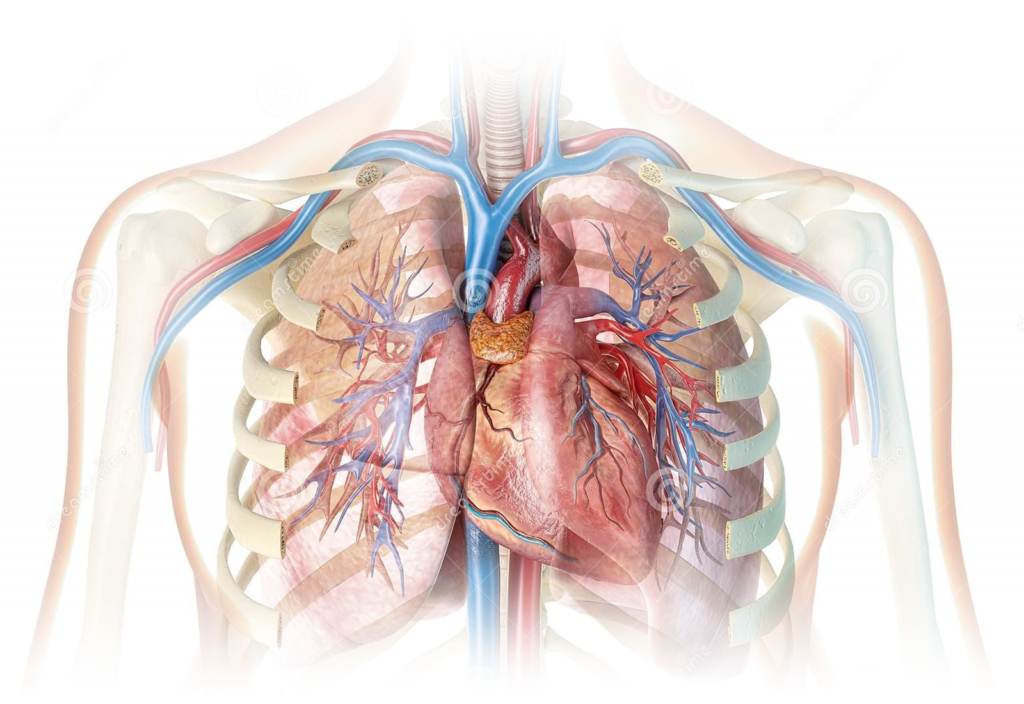Research program : Respiratory diseases and the environment
Home > Team 3 > Research program > Axe 2
Air pollution and pulmonary emphysema: impacts on cardiovascular hemodynamics
Olivier Cazorla, Arnaud Bourdin, Fares Gouzi, Anne Virsolvy, Clément Boissin, Pieter de Tombe, Jean Pierre Mallet, Sylvain Richard, Charriot Jérémy, Bommart Sébastien, Magali Taulan, Albertina de Sario, Valérie Scheuerman, Patrice Bideaux, Pierre-Edouard Grillet, Christophe Hedon, Desplanche Elodie

Air pollution is a public health problem with respiratory and cardiovascular consequences. We have previously shown that chronic exposure to carbon monoxide levels relevant to the city environment worsens ischemic heart failure 1 and negatively affects heart function, even in the absence of underlying heart disease. These results demonstrate a direct link between air pollution and pulmonary / cardiovascular disease.
In addition, repeated inhalations of harmful air pollutants (cigarette smoke, fuel combustion, occupational air contaminants) damage the lungs. This increases the risk of developing chronic obstructive pulmonary disease (COPD) which is often associated with irreversible emphysema. As a result, patients with chronic dyspnea have limited exercise tolerance and poor quality of life. The development of right-sided and / or global heart failure marks an evolutionary turning point in this disease. We have shown that after endoscopic reduction in lung volume (ELVR), patients present clinical benefits greater than those expected by the simple reduction of the lung volume, including better exercise tolerance. Our objective is to study the involvement of cardiac and vascular functions in the beneficial effects of the ELVR.
The overall objective is to determine the direct and indirect impacts of air pollution on the coupling of lung function and cardiovascular hemodynamics in humans and in animal models. The explorations will focus on cardiac (O. Cazorla/ P. de Tombe) and vascular (A. Virsolvy) contractile functions and endothelial function (F. Gouzi). We will also evaluate the circulating biomarkers of cardiovascular remodeling and endothelial dysfunction under the different conditions (M. Taulan, A de Sario).
Determining the characteristics of COPD linked to different exposures will make it possible to develop targeted prevention programs and rational planning of health resources.
Keywords : COPD, cardiovascular hemodynamics, cardiomyocyte, vessels, endothelium, biomarker
Grants

